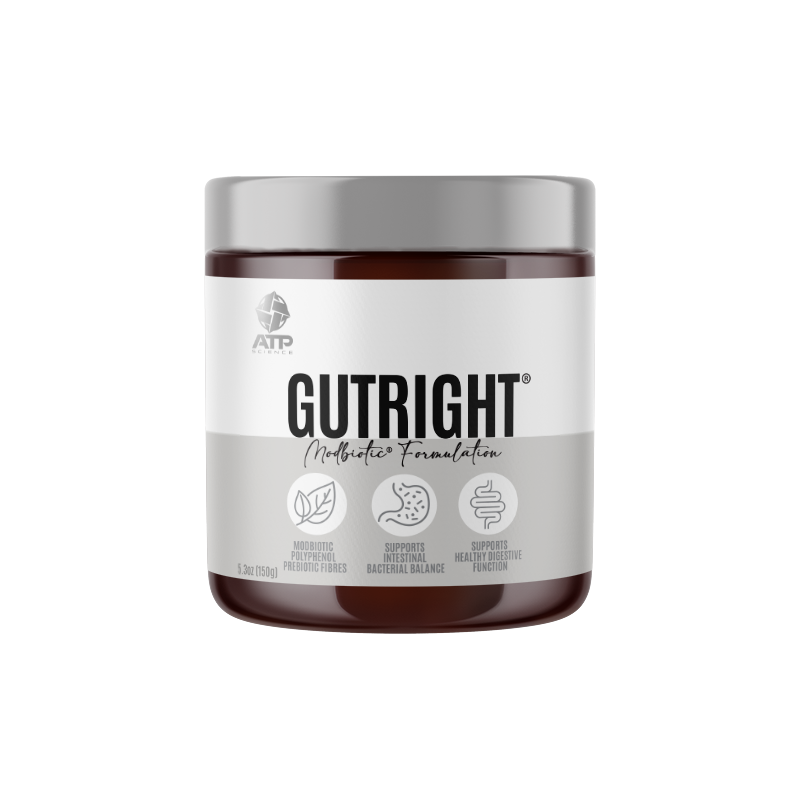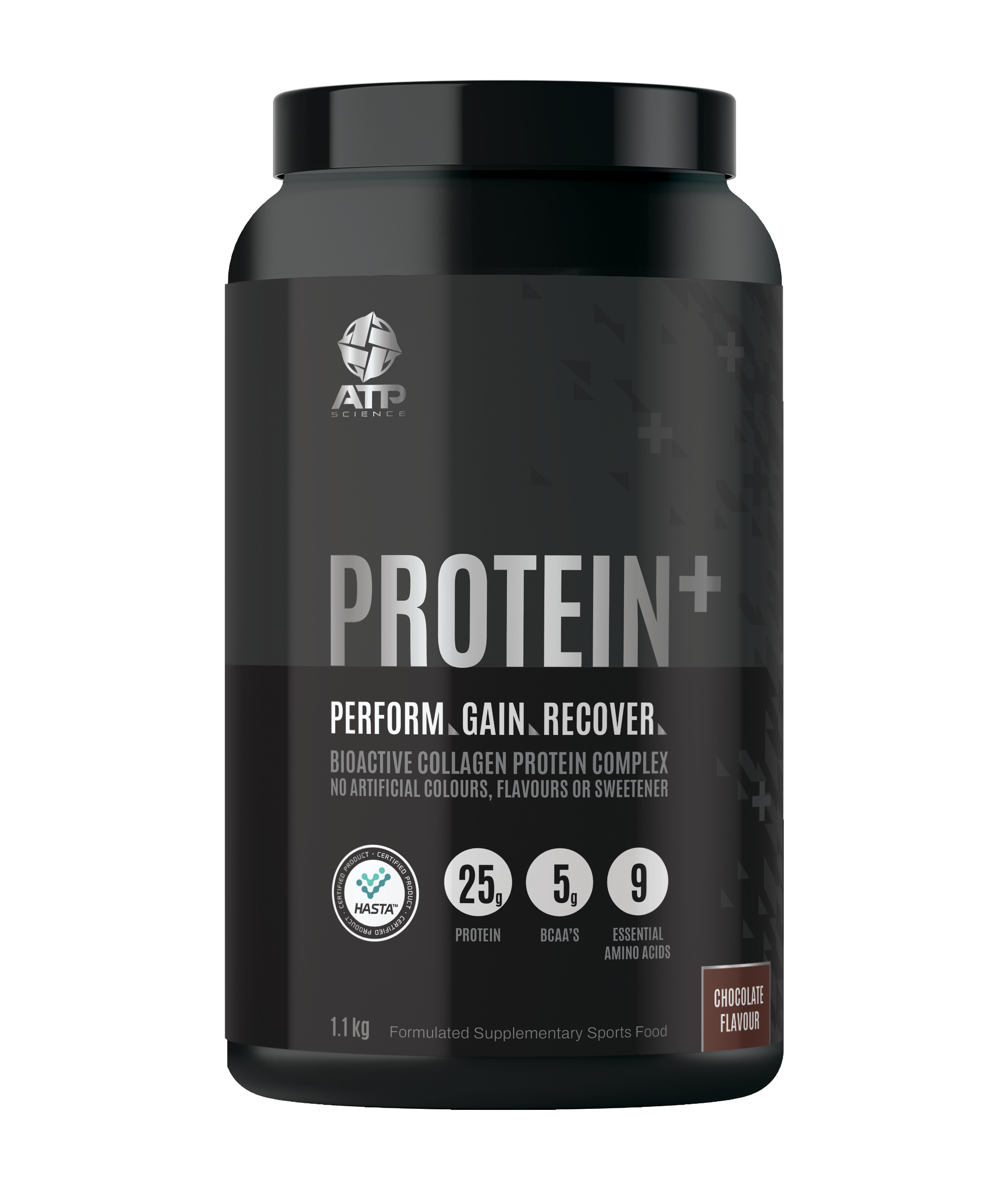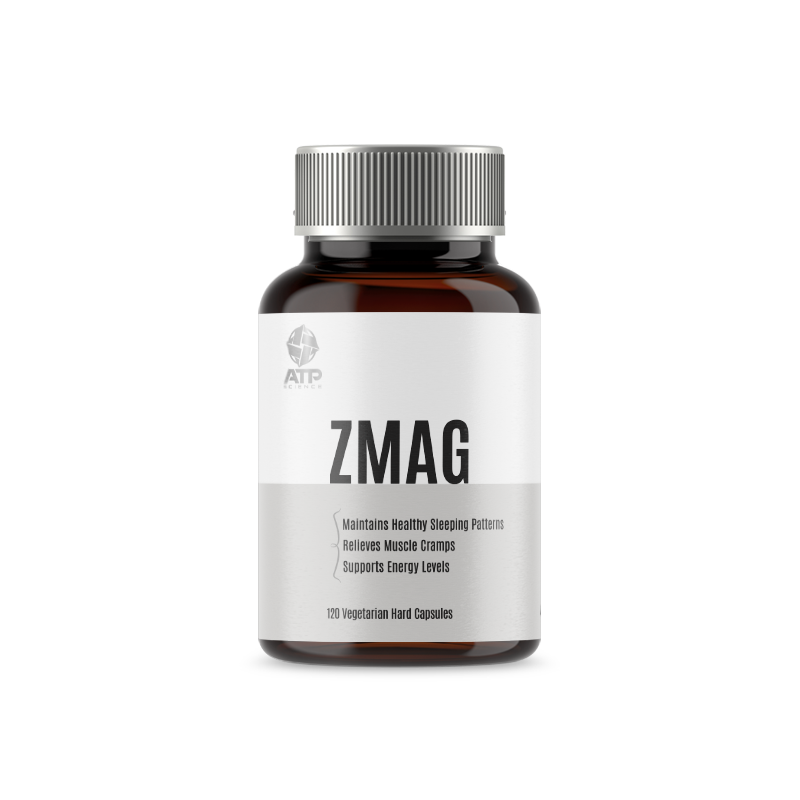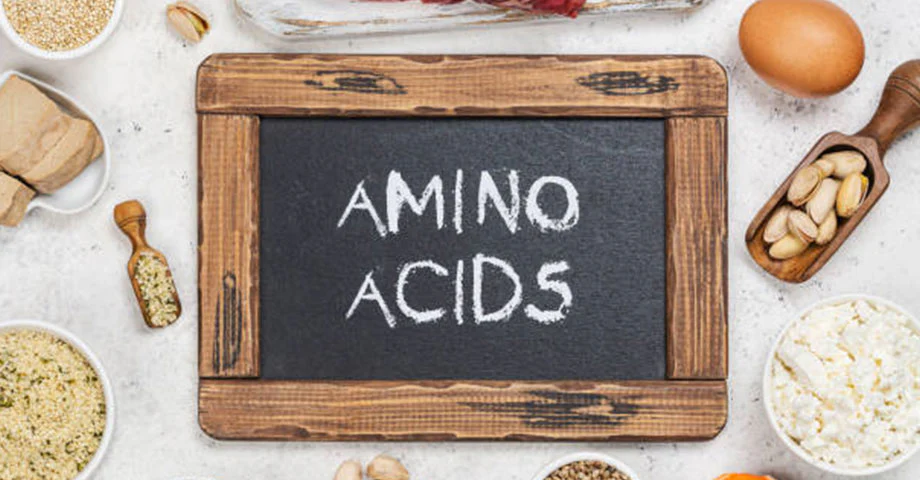Vitamin B5
What is it?
Pantothenic acid (vitamin B5) is a water-soluble B-complex vitamin originally extracted from liver but its name is derived from the Greek word meaning “everywhere” because it is found in so many foods. Even though it is available from so many natural sources most forms of vitamin B5 added to foods and beverages, or used in dietary supplements, is made by chemical synthesis.
Food sources include peanuts and peanut butter, liver, kidney, almonds, wheat bran, cheese, shellfish.
Refining, freezing, canning and cooking food causes losses of pantothenic acid, so a modern processed food diet would be expected to have lower amounts of vitamin B5 than a whole foods diet.
What does it do?
Nature knows best, the vast majority of vitamin B5 in foods is found already incorporated into Coenzyme A (CoA) and as phosphopantetheine.
Vitamin B5 / pantothenic acid’s job is to be used in CoA and acyl carrier proteins (ACP), which carry and transfer acetyl and acyl groups.
CoA is an essential cofactor in;
- Fatty acid oxidation.
- Lipid elongation.
- Fatty acid synthesis.
- The production of many secondary metabolites such as ubiquinone , squalene, and cholesterol.
- Production of steroid molecules (e.g. steroid hormones, vitamin D and bile acids).
- Acetylated compounds N-acetylglucosamine
- Acetylated neurotransmitters ),
- Prostaglandins and prostaglandin-like compounds.
- Biosynthesis of phospholipids (e.g., phosphatidylcholine,-ethanolamine, -serine, -inositol)
Why supplement?
Most plants and microorganisms make pantothenic acid by enzymatically combining pantoic acid with ß-alanine. Mammals lack the enzyme for this synthetic step, so are unable to synthesize pantothenic acid and we must consume it or supplement.
B5 deficiency has severe impact on the adrenal glands and in extreme cases the damage may be irreversible. In early stages of deficiency, the adrenal gland hypertrophies (enlarges). The adrenal cortex swells and is depleted of ketosteroids. If the deficiency continues the adrenal gland starts to hypofunction, with an inability to respond appropriately to stress. Eventually the adrenals atrophy and cell damage occurs.
If pantothenic acid is supplied early before adrenal exhaustion occurs, the response to stress can be improved and morphological changes to the adrenals can be halted and reversed. But once cell damage has occurred and you are suffering from clinical adrenal exhaustion, pantothenic acid administration is no longer effective.
B5 Deficiency:
-
Adrenal exhaustion and dysfunction
thymus shrinkage - spleen to enlarge
- immune suppression
- reductions in sperm motility,
- and decreased plasma concentrations of testosterone and corticosterone.
- Gastrointestinal disturbances (nausea, abdominal cramps, occasional vomiting, increased flatulence, and epigastric burning sensations);
Signs and symptoms of deficiency:
- The triad of fatigue (apathy and malaise), headache, and weakness
- Weight loss
- Reduced growth
- Poor grooming
- Hair loss
- Exudate around the eyes
- Diarrhea
- Sleep disturbances;
- Insomnia
- Burning feet syndrome
- Infertility
- Personality changes and emotional disorders
- Colds and flus
How do I supplement?
The Dietary Reference Intake (DRI) is 5 mg/d of pantothenic acid for males and females 14 years old and over, 6 mg/d during pregnancy, and 7 mg/d during lactation.
In mammals, endogenous synthesis of CoA and ACP from pantothenic acid uses magnesium dependant enzymes and cysteine as a substrate, therefore it is important to have adequate supply of both magnesium and cysteine for B5 to do its job.
Massive doses are needed to induce toxicity with vitamin B5. In clinical studies the dose used has varied significantly and many times the recommended daily intake has been taken for months without toxicity. The low end of dosing has generally been 10 to 100 mg/d with the high end of doses being 10 g/d (10,000mg/day)
If you have any concerns about the correct dose for you or suspect a deficiency, be sure to consult with your health care professional before making any changes to your current lifestyle.
References
Neacsu M1, Vaughan N2, Raikos V2, Multari S2, Duncan GJ3, Duthie GG2, Russell WR2.Food Chem. Phytochemical profile of commercially available food plant powders: their potential role in healthier food reformulations. 2015 Jul 15;179:159-69. doi: 10.1016/j.foodchem.2015.01.128. Epub 2015 Feb 4.
Kehoe SH1, Chopra H2, Sahariah SA2, Bhat D3, Munshi RP4, Panchal F4, Young S5, Brown N1, Tarwande D6, Gandhi M2, Margetts BM7, Potdar RD2, Fall CH1. Effects of a food-based intervention on markers of micronutrient status among Indian women of low socio-economic status. Br J Nutr. 2015 Mar 14;113(5):813-21. doi: 10.1017/S000711451400419X. Epub 2015 Feb 13.
Kawashima A1, Madarame T, Koike H, Komatsu Y, Wise JA. Four week supplementation with mixed fruit and vegetable juice concentrates increased protective serum antioxidants and folate and decreased plasma homocysteine in Japanese subjects. Asia Pac J Clin Nutr. 2007;16(3):411-21.
Zhou SS, Zhou Y. Excess vitamin intake: An unrecognized
risk factor for obesity. World J Diabetes 2014; 5: 1-13
Zhou SS, Zhou YM, Li D, Lun YZ. Dietary methyl-consuming
compounds and metabolic syndrome. Hypertens Res 2011; 34:
1239-1245
Zhou SS, Li D, Zhou YM, Sun WP, Liu QG. B-vitamin
consumption and the prevalence of diabetes and obesity among the
US adults: population based ecological study. BMC Public Health
2010; 10: 746
Li D, Sun WP, Zhou YM, Liu QG, Zhou SS, Luo N, Bian FN,
Zhao ZG, Guo M. Chronic niacin overload may be involved
in the increased prevalence of obesity in US children. World J
Gastroenterol 2010; 16: 2378-2387
Zhou SS1, Li D1, Chen NN1, Zhou Y1. Vitamin paradox in obesity: Deficiency or excess?World J Diabetes. 2015 Aug 25;6(10):1158-67. doi: 10.4239/wjd.v6.i10.1158.
Redox Biol. 2015;4:272-8. doi: 10.1016/j.redox.2014.12.017. Epub 2015 Jan 16.
The shifting perception on antioxidants: the case of vitamin E and β-carotene.
Vrolijk MF1, Opperhuizen A2, Jansen EH3, Godschalk RW4, Van Schooten FJ4, Bast A4, Haenen GR4.
Sadiya A1, Ahmed SM2, Carlsson M3, Tesfa Y2, George M2, Ali SH2, Siddieg HH2, Abusnana S2.
Vitamin D3 supplementation and body composition in persons with obesity and type 2 diabetes in the UAE: A randomized controlled double-blinded clinical trial. Clin Nutr. 2016 Feb;35(1):77-82. doi: 10.1016/j.clnu.2015.02.017. Epub 2015 Mar 24.
J Diabetes Res. 2014;2014:869307. doi: 10.1155/2014/869307. Epub 2014 Oct 13.
Vitamin D status and its relationship with metabolic markers in persons with obesity and type 2 diabetes in the UAE: a cross-sectional study.
Sadiya A1, Ahmed SM1, Skaria S1, Abusnana S1.
Eur J Clin Nutr. 2015 Jun;69(6):707-11. doi: 10.1038/ejcn.2014.251. Epub 2014 Nov 19.
Vitamin D supplementation in obese type 2 diabetes subjects in Ajman, UAE: a randomized controlled double-blinded clinical trial.
Sadiya A1, Ahmed SM1, Carlsson M2, Tesfa Y1, George M1, Ali SH1, Siddieg HH1, Abusnana S1.
Eur J Endocrinol. 2013 Oct 1;169(5):559-67. doi: 10.1530/EJE-13-0233. Print 2013 Nov.
The serum 25-hydroxyvitamin D response to vitamin D supplementation is related to genetic factors, BMI, and baseline levels.
Didriksen A1, Grimnes G, Hutchinson MS, Kjærgaard M, Svartberg J, Joakimsen RM, Jorde R.
Eur J Endocrinol. 2015 Mar;172(3):235-41. doi: 10.1530/EJE-14-0870.
Vitamin D3 increases in abdominal subcutaneous fat tissue after supplementation with vitamin D3.
Didriksen A1, Burild A2, Jakobsen J2, Fuskevåg OM2, Jorde R3.
Zhao Y1, Monahan FJ1, McNulty BA1, Brennan L1, Gibney MJ1, Gibney ER2. α-Tocopherol Stereoisomers in Human Plasma Are Affected by the Level and Form of the Vitamin E Supplement Used.J Nutr. 2015 Oct;145(10):2347-54. doi: 10.3945/jn.115.213280. Epub 2015 Aug 19.
Clemente HA1, Ramalho HM, Lima MS, Grilo EC, Dimenstein R. Maternal supplementation with natural or synthetic vitamin E and its levels in human colostrum. J Pediatr Gastroenterol Nutr. 2015 Apr;60(4):533-7.
Ping Tou Gee Unleashing the untold and misunderstood observations on vitamin E
Scaglione F1, Panzavolta G. Folate, folic acid and 5-methyltetrahydrofolate are not the same thing Xenobiotica. 2014 May;44(5):480-8. doi: 10.3109/00498254.2013.845705. Epub 2014 Feb 4.
Marchetta CM1, Devine OJ2, Crider KS3, Tsang BL4, Cordero AM5, Qi YP6, Guo J7, Berry RJ8, Rosenthal J9, Mulinare J10, Mersereau P11, Hamner HC12. Assessing the association between natural food folate intake and blood folate concentrations: a systematic review and Bayesian meta-analysis of trials and observational studies.Nutrients. 2015 Apr 10;7(4):2663-86. doi: 10.3390/nu7042663.
Smith AD, Kim YI, Refsum H. Is folic acid good for everyone? Am J Clin Nutr. 2008 Mar;87(3):517-33.
Obeid R1,2, Fedosov SN3,4, Nexo Cobalamin coenzyme forms are not likely to be superior to cyano- and hydroxyl-cobalamin in prevention or treatment of cobalamin deficiency. Mol Nutr Food Res. 2015 Jul;59(7):1364-72. doi: 10.1002/mnfr.201500019. Epub 2015 May 12.
.Tóshiko Takahashi-Iñiguez,†,1 Enrique García-Hernandez,2 Roberto Arreguín-Espinosa,2 and María Elena Flores1Role of vitamin B12 on methylmalonyl-CoA mutase activity* J Zhejiang Univ Sci B. 2012 Jun; 13(6): 423–437
McNulty H, Strain JJ, Hughes CF, Ward M. Riboflavin, MTHFR genotype and blood pressure: A personalized approach to prevention and treatment of hypertension.Mol Aspects Med. 2016 Oct 6. pii: S0098-2997(16)30058-9. doi: 10.1016/j.mam.2016.10.002.
Brosnan JT. Homocysteine and cardiovascular disease: interactions between nutrition, genetics and lifestyle.Can J Appl Physiol. 2004 Dec;29(6):773-80.
Strohle A, et al. Micronutrients at the Interface between Inflammation and Infection – ascorbic acid and calciferol. Part 1: General Overview with a focus on Ascorbic Acid. Inflammation and Allergy – Drug Targets, 2011, 10,54-63
Inflamm Allergy Drug Targets. 2011 Feb;10(1):54-63.
Micronutrients at the interface between inflammation and infection--ascorbic acid and calciferol: part 1, general overview with a focus on ascorbic acid.
Ströhle A1, Wolters M, Hahn A.
Ströhle A1, Hahn A. J Nutr Sci Vitaminol (Tokyo). 2014;60(6):367-79. doi: 10.3177/jnsv.60.367.
Vitamin C in the treatment and/or prevention of obesity.
Garcia-Diaz DF1, Lopez-Legarrea P, Quintero P, Martinez JA.
Frei B1, Birlouez-Aragon I, Lykkesfeldt Authors' perspective: What is the optimum intake of vitamin C in humans? J.Crit Rev Food Sci Nutr. 2012;52(9):815-29. doi: 10.1080/10408398.2011.649149.
Oral Dis. 2016 Sep;22(6):463-93. doi: 10.1111/odi.12446. Epub 2016 Apr 14.
Vitamin C: the known and the unknown and Goldilocks.
Padayatty SJ1, Levine M1.
Biochim Biophys Acta. 2014 Sep;1843(9):1909-16. doi: 10.1016/j.bbamcr.2014.05.016. Epub 2014 Jun 4.
Subcellular compartmentation of ascorbate and its variation in disease states.
Bánhegyi G1, Benedetti A2, Margittai E3, Marcolongo P2, Fulceri R2, Németh CE4, Szarka A5.
Wilhelm Jahnen-Dechent and Markus Ketteler. Magnesium basics. Clin Kidney J. 2012 Feb; 5(Suppl 1): i3–i14.
















